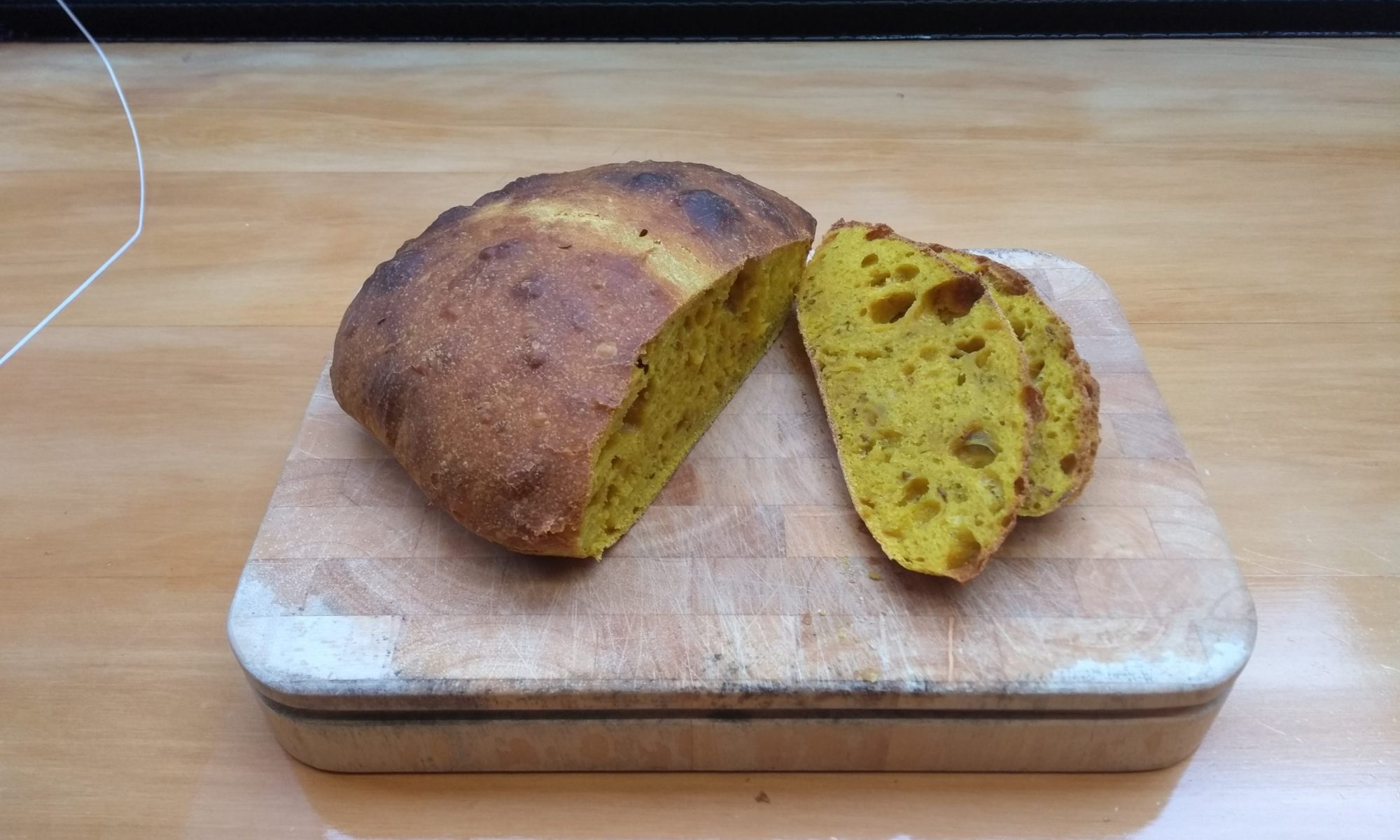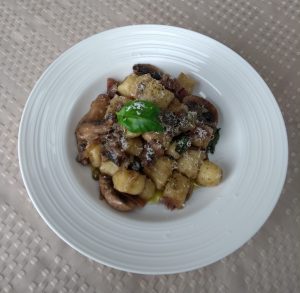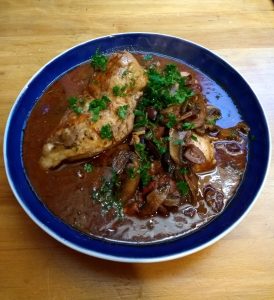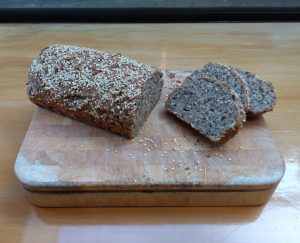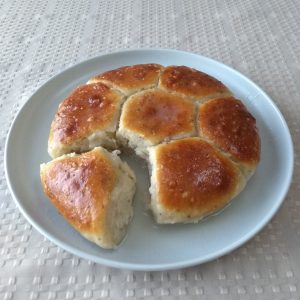
First request for a recipe – this one’s for you Kate! These sweet, soft, coconutty buns go so hard at potlucks you’d think they were teenage boys during lockdown.
I first became aware of these at the start of second year but it wasn’t till much later that year I decided to give them a nudge. They essentially semi-sweet bread rolls baked in a sweet coconut milk/sauce. I think I fluked the first ones – they were insane! Since then, it has felt like I’ve made little errors each time, slowly improving, and now I make them with some degree of consistency.
I have a theory that you have to make something five times before you’ve actually got it down. The first time you might get it spot on, but you don’t know where you can trip up until you do, which might happen the second and third times, but by the fourth and fifth you have a pretty good idea of what’s going on. Having said that, I have made these so many times now and seem to still be finding ways to mess up. There’s probably many ways to make this, and I certainly seem to do it slightly differently every time, but here’s a framework anyway.
These are worth the effort, so shall we?
Panipopo – Coconut Buns (vegan)
Serves: 1-many (scale up as you need)
Prep time: 4.5 hours
Cook time: 25-30 minutes
Total time: 5 hours
Ingredients (for the dough):
300g flour
180g water (60% hydration but we’re adding other liquids)
30g oil (necessary to make the dough super soft)
Teaspoon of chia seeds (as an egg substitute and adds a funky texture)
30g sugar
1/2 tsp salt
1-2 tsp yeast
Ingredients (for the coconut sauce):
Equal parts coconut milk and water, nominally 100mL of each
~30g sugar (to taste)
Instructions:
- Mix 180g water, 30g sugar and one or two teaspoons of yeast in a cup or container. Give it a good stir to dissolve the sugar, and wait for the yeast to bloom (about 10 minutes).
- Soak the teaspoon of chia seeds in a small amount of hot water to create an egg substitute. This is probably not really necessary, so if you don’t have chia seeds you can just leave out this step. I just like the texture the chia seeds provide.
- In a large bowl, mix all the ingredients for the dough together now – flour, salt, oil, chia seeds and yeast mixture. I normally do this with a butter knife and give it a good stir like a KitchenAid would. The dough will be quite sticky but that’s what we want.
- We’re now gonna knead the dough until just after it starts to come together (you’ll know because it will sort of form a stiffer mass and stop sticking to surfaces). How ever you choose to do this, I don’t think it really matters. For wet doughs, I like the slapping technique shown here:
https://www.youtube.com/watch?v=Qzx7dxuvaCo - Place the dough into a greased bowl large enough to accommodate a doubling in size. Cover, and place in a warm place for around 4 hours until the dough has doubled in size. You can speed up this process by putting it into a warmed oven.
- Once doubled in size, take the dough out of the container and knock the air out of it, which you can do by gently kneading the dough a tiny bit more, or folding it. Now divide it into pieces (as many buns as you want to make). Roll into balls, this is my preferred technique (skip to 1:50):
https://www.youtube.com/watch?v=Gx2Sf3XqkhQ - Place the balls into a deep dish that you’ve pre-greased with marge. A cake tin works well or just whatever you want to use. You’ll want to place them about 1 cm apart – when they proof for the next 30 minutes or so, they’ll flatten out a bit, press into each other, then rise up. And that’s key because if they’re too far apart, they’ll flatten out and you’ll have flat buns at the end.
- Cover your dish and wait for the balls to double in size, around 30 minutes. In the meantime, mix the equal parts coconut milk and water, and dissolve the sugar into it. This sauce should be quite sweet and that’s how we want it. Preheat the oven to 190 degrees C.
- Once the dough has proofed, pour your coconut sauce over the top til you can just see the tops of the buns. This one requires your judgement and probably a bit of experimentation – don’t add too much as they might not cook properly, but also not too little or you won’t get the taste of coconut.
- Bake for around 25-30 minutes, at which point they should be nice and golden on top.
Concluding remarks: It’s a long recipe, but not as much work as it actually seems. Highly worth trying!
